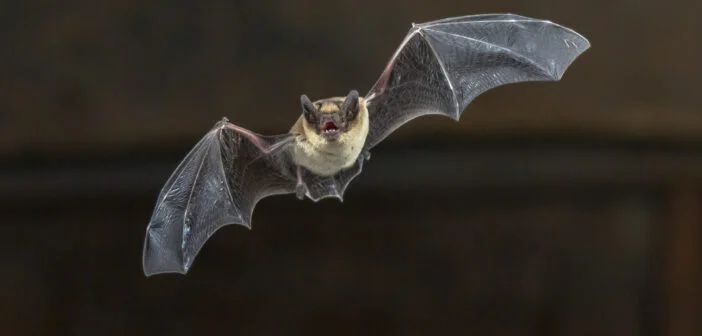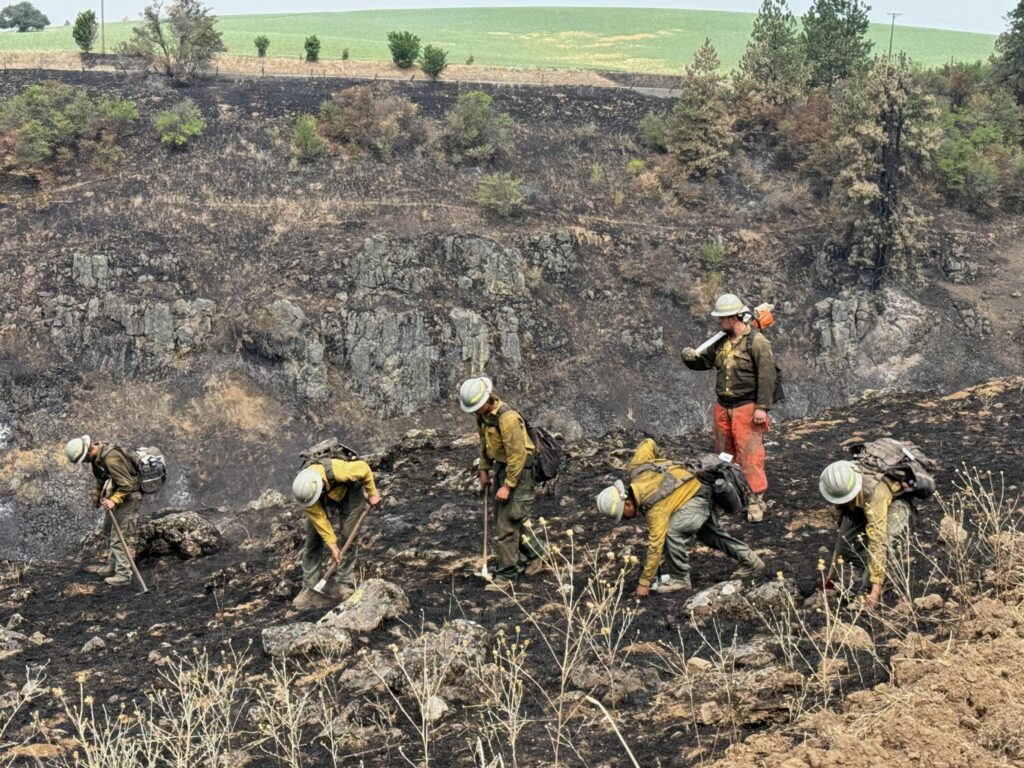Idaho is home to one of its most intriguing secrets nestled near Boise—the Granite Mountain Records Vault. Operated by The Church of Jesus Christ of Latter-Day Saints, this facility houses an unparalleled collection of genealogical records, making it a pivotal center for historical preservation and research.
Located just a short drive from Boise, the Granite Mountain Records Vault stands as a testament to the church’s commitment to preserving family history on a global scale. This vault isn’t just a repository for genealogical records; it also safeguards significant documents and artifacts integral to the church’s historical narrative.
The vault’s construction emphasizes security and preservation, akin to the famed Area 51, albeit in a completely different context. Its remote location and stringent security measures underscore its importance as a bastion of historical documentation. Access to the vault is highly restricted, with only authorized personnel granted entry, ensuring the safety and integrity of its contents.
Inside, visitors won’t find military operations or clandestine experiments but rather a wealth of historical archives meticulously stored on microfilm and other mediums. These records include not only genealogical data but also manuscripts, records, and artifacts that contribute to understanding the church’s global impact.
Read More:
Idaho Foodbank Gets ‘Super Milk’ that Stays Fresh on Shelves for Months!
Sweet Rowdy is Ready for Adoption at the Idaho Humane Society!
Search Continues for Two Missing After Boat Crash Near Galveston as Tropical Storm Approaches!
The Granite Mountain Records Vault remains a fascinating enigma, offering glimpses into the meticulous preservation efforts of one of the world’s largest genealogical repositories. Its presence near Boise reminds us of Idaho’s hidden treasures and the invaluable role of historical preservation in shaping our understanding of the past.



